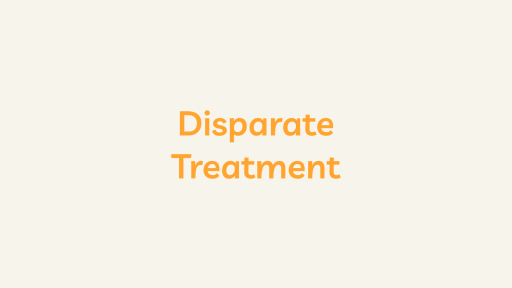Introduction
Health Maintenance Organization, commonly known as HMO, is a type of managed care organization that plays a pivotal role in the healthcare industry. HMOs are designed to provide comprehensive healthcare services to their members through a network of healthcare professionals and facilities. This article explains what HMOs are, their key features, advantages, and potential drawbacks.
1. Health Maintenance Organization (HMO) Definition and Purpose:
An HMO is a type of health insurance plan requiring members to choose a primary care physician (PCP) from within the HMO network. This PCP serves as the gateway to all medical services and specialist referrals. The primary objective of an HMO is to promote preventive care and manage healthcare costs by emphasizing a coordinated approach to healthcare delivery.
2. Health Maintenance Organization (HMO) Key Features:
a. Primary Care Physician (PCP):
– HMO members must select a primary care physician from the network.
– The PCP becomes the central point of contact for all healthcare needs.
b. Network of Providers:
– HMOs establish partnerships with a network of doctors, hospitals, and other healthcare providers.
– Members are encouraged to seek medical services within this network to receive maximum coverage.
c. Preventive Care Emphasis:
– HMOs prioritize preventive care to reduce the likelihood of expensive treatments for advanced illnesses.
– Routine check-ups, vaccinations, and screenings are often covered at little or no cost to members.
d. Managed Costs:
– HMOs employ cost-control measures, such as negotiated fees with providers and utilization review processes.
– Monthly premiums and out-of-pocket costs are generally lower compared to other health insurance plans.
3. Advantages:
a. Cost Predictability:
– HMOs usually have fixed monthly premiums, providing members with predictable healthcare costs.
b. Comprehensive Coverage:
– HMOs often include coverage for a broad range of healthcare services, including preventive care, prescription drugs, and hospital stays.
c. Coordination of Care:
– The coordinated approach to healthcare delivery ensures that members receive timely and appropriate medical attention.
d. Focus on Preventive Care:
– The emphasis on preventive care can lead to early detection of health issues, potentially reducing the need for costly treatments.
4. Potential Drawbacks:
a. Limited Provider Choice:
– Members may be restricted to the HMO’s network of providers, limiting their choice of doctors and specialists.
b. Referral Requirement:
– Specialist visits often require a referral from the primary care physician, adding an extra step to access certain services.
c. Geographic Limitations:
– HMOs may have limited coverage outside of their designated service areas, making them less suitable for individuals who travel frequently.
d. Potential for Bureaucracy:
– Some individuals may find the referral process and the need for pre-authorization for certain services to be bureaucratic and time-consuming.
Conclusion
Health Maintenance Organizations play a crucial role in healthcare by offering an integrated approach to medical services. While HMOs provide cost-effective and comprehensive care, potential drawbacks, such as limited provider choice, should be considered by individuals when selecting a health insurance plan. Ultimately, deciding to enroll in an HMO depends on individual preferences, healthcare needs, and lifestyle considerations.





